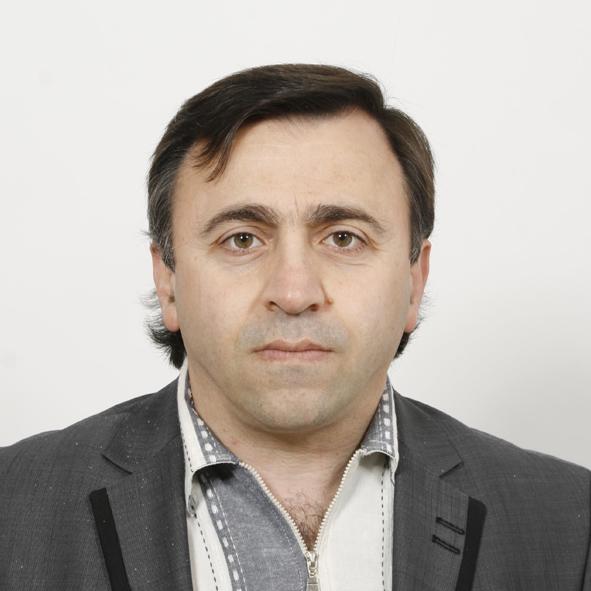
HRACH MARTIROSYAN
A Linguist specialized in comparatvie studies, PhD, Leiden University. In 1991 Martirosyan graduated from the Faculty of Philology of the Vanadzor Pedagogical University (Armenia). In 2008 he received a PhD from Leiden University. A reviewed and enhanced version of his dissertation was later on published in the form of “Etymological Dictionary of the Armenian Inherited Lexicon” (Leiden, Boston: Brill, 2010). Martirosyan’s acade-mic interests cover the history of the Armenian language beginning from its Indo-European sources to the dialects and the modern language. Martirosyan is the author of a number of articles, as well as online publications on the history of the Armenian language, dialects, etymological issues, etc. He has presented papers at international conferences, conducted courses, lectures and workshops in Leiden, Michigan, Oxford, Cambridge, Sorbonne, Pavia, Moscow, Armenia, etc.
ARMENIAN MUSICAL INSTRUMENTS: THREE ETYMOLOGIES
The Armenian lexicon comprises three major layers:
1) Native Armenian words, that is: words of Indo-European heritage (5th-4th millennia BC) or words composed on Armenian grounds;
2) late Indo-European and Mediterranean/ European substrate: (3rd-2nd millennia BC);
3) loan-words from neighbouring languages, such as Caucasian, Anatolian, Hurrian, Urartian, Semitic and especially Iranian: (2nd-1st millennia BC to present).
The first two layers belong to prehistoric times, whereas the third belongs to the most recent period and is partially elucidated by historical records. This paper aims to etymologize three Armenian words for musical instruments that belong to various layers of the Armenian lexicon.
Samples to be discussed:
- knt-nt-ocʻ, knt-knt-ocʻ, ktnt-ocʻ ‘plectrum’ (Philo, Gregory of Nyssa, Anania, Vardan Arewelcʻi, etc.), in Modern Armenian: kntntocʻ ‘a violin bow’ (HAB 2: 611a). I propose to reconstruct an old onomatopoeic root *gud-/*gund- ‘to knock, grumble; to play a musical instrument (with a plectrum)’.
- ǰnar, a-stem ‘lyre, cithara’ (Movsēs Xorenacʻi, Severian of Gabala, etc.). I propose to treat Arm. ǰnar, a– stem ‘lyre’ and Hattic zinar- as a Mediterranean-Pontic cultural loan from a theoretical *ghindhara- (> *ghinnara-), which might be interpreted as a prenasalized form of another designation of ‘lyre’, namely Gr. κιθάρα, –ρη, Hom. κίθαρις f. ‘lyre’.
- sruil ‘a musical instrument’ (attested in Ephrem Asori). I propose to interpret this word as composed of the Iranian word for ‘horn’ (cf. Av. sruuā- , acc.du. *sruu̯ai ‘horn, nail’, according to some scholars: sruuī, an athematic dual; ManMPers. srūy [srwy] ‘horn’) and the suffix -il (for which cf., e.g., Arm. tawił ‘harp’).